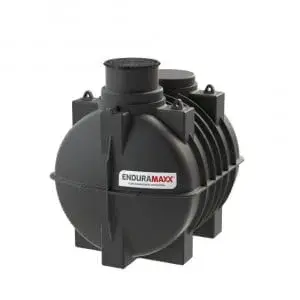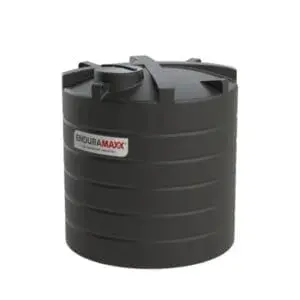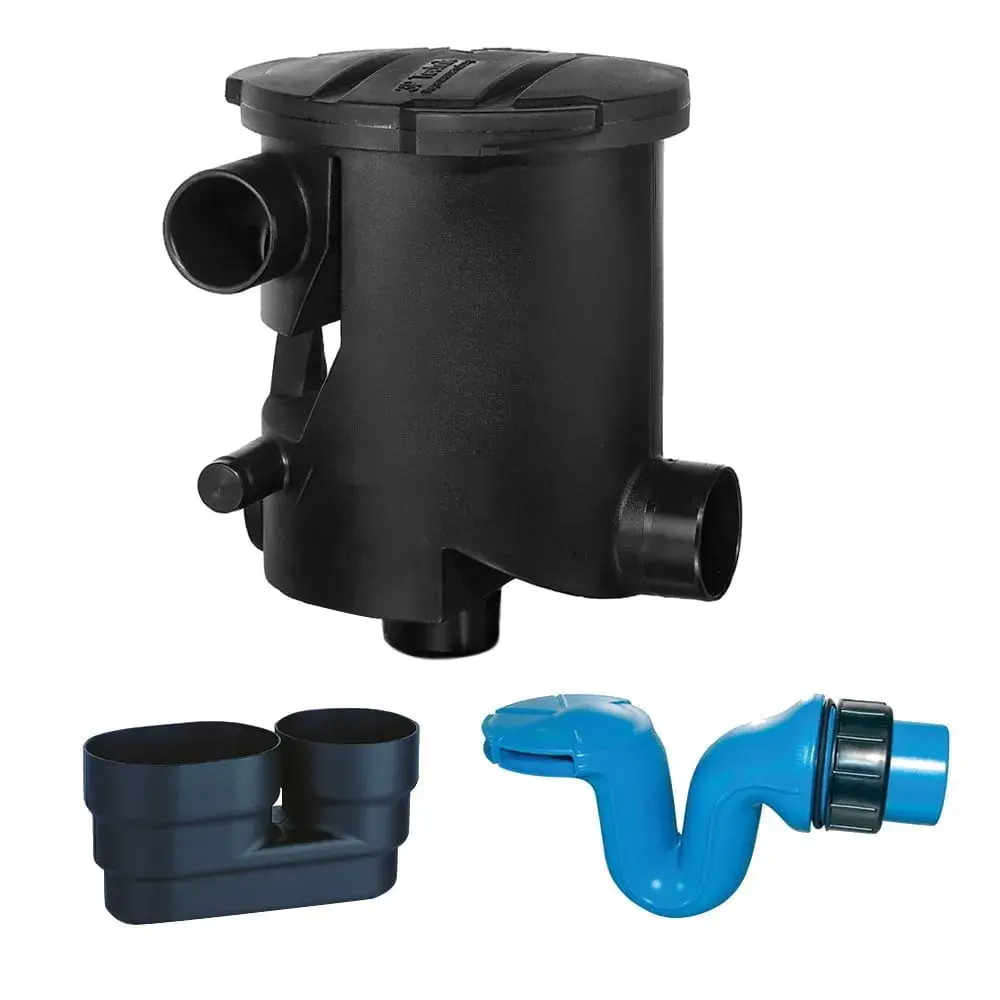Industrial wastewater treatment using microalgae wastewater treatment systems can remove heavy metals and pathogens from wastewater. Microalgae-based biological treatment of wastewater relies on phototrophic microorganisms’ ability to supply oxygen to pollutant degraders to enhance nutrients and pathogens removal.
Microalgae are small (1-50 µm) unicellular photosynthetic microorganisms with high photosynthetic rates which allows them to convert sunlight. High rates of biomass growth through the biosorption process treatment technologies can take place in the correct conditions.
Biosorption By Microalgae
Biosorption by microalgae includes metal removal from aqueous media. This can be a cost-effective alternative to conventional remediation techniques. Biosorption of heavy metal ions and wastes also allows microalga can be used as a feedstock for biofuel production.
High costs of treatment tanks and complex equipment for treatment processes to sustain the algal cells can be offset against the microalgae being able to sustain themselves by the absorption of wastes from treatment plants.
Coagulation-Flocculation with Microalgae
The coagulation-flocculation mechanisms of microalgae agglomeration treatment of industrial wastewater include coagulation in which cells are forced out of a stable suspension by a charged neutralization. In an aqueous solution, positively charged ions absorb the negatively charged surface of the wastes. Flocculation is the process where destabilized particles form larger agglomerates from the total suspended solids through electrostatic charges.
Conical Tanks for Microalgae Treatment
Conical tanks are used in microalgae treatment units as photobioreactor tanks for cultivating algae particles and as a settling tank for the later treatment part of the process. Stepper cone tanks are used for cultivating the microalgae as closed reactors or hatcheries in lab conditions. Shallow cone tanks are more effective in water treatment settlement applications within the treatment tank.
View our range of open and closed top cone tanks here.
Conical Tanks for Pollutants Removal
Conical tanks have been successfully used as settlement tanks for microalgae as a treatment tank treatment or settlement tank. The shallow cone tanks have been used for cultivating, shallow cone tanks are more effective for water treatment and settlement applications. In a microalgae treatment conical tanks are used for incoming tertiary effluent where algae are added to the effluent. This would then go into the treatment tanks where polished effluent is then discharged. At this point returned algae go through the conditioning stage where excess algae are harvested and the process is started again.
View our case study here with Industrial Phycology I-Phyc here at Broadwindsor STW
Enduramaxx Conical Tanks
For more details on conical & vertical storage tanks for microalgae and water treatment applications, please get in touch today.
Posts By Topics
- Blog (303)
- Chemical Storage Tanks (118)
- Chemical Dosing Tanks (114)
- Chemical Tanks (114)
- Water Tanks (58)
- Rainwater Harvesting Tanks (43)
- Vertical Rainwater Tanks (31)
- Vertical Storage Tanks (31)
- Cone Bottom Tanks (19)
- Conical Cone Tanks (18)
- Rainwater Harvesting (17)
- Water Bowsers (15)
- Horizontal Tanks (14)
- Potable Water Tanks (13)
- Farming (9)
- Case Studies (8)
- Industrial Storage Tanks (7)
- Liquid Fertilser Storage Tanks (6)
- WRAS Approved Potable Tanks (6)
- Wine and Beer Production (6)
- Horizontal Transport Tanks (5)
- Microbrewery (5)
- Rainwater (5)
- Category 5 Break Tanks (4)
- Cider Production (4)
- Mixer Tanks (4)
- Molasses Tanks (4)
- Polyethylene tanks (4)
- Rainwater Filter Kits (4)
- SPECIALIST & BESPOKE TANKS (4)
- Bunded Tanks (3)
- Slimline Tanks (3)
- WRAS Approved (3)
- Clarification Tanks (2)
- Crosslinked Polymer Tanks (XLPE) (2)
- Fertiliser Tanks (2)
- Sump Tanks (2)
- Tank Installation (2)
- Water Butt (2)
- underground water tanks (2)
- ACCESSORIES & FITTINGS (1)
- ATV & UTV SPRAYING UNITS (1)
- Above Ground Effluent Tanks (1)
- Bespoke Tank Frames (1)
- Category 5 Turret (1)
- Caustic Soda Tanks (1)
- Closed Top Bunded Tanks (1)
- Craft beer (1)
- Effluent Tanks (1)
- Enduramaxx (1)
- Ferric Chloride Tanks (1)
- Fire Safety Regulations (1)
- Fire Sprinkler Water Storage Tanks (1)
- Industrial Water Tank (1)
- Open Top Bunded Tanks (1)
- Open Top Cone Tanks (1)
- Open Top Vertical Tanks (1)
- Polyethylene Potable Water Tanks (1)
- Polyvinylidene Fluoride (PVDF) Tanks (1)
- Polyvinylidene Fluoride Tanks (PVDF) (1)
- Pressure Washers (1)
- Pro Series Spot Sprayers (1)
- RWH (1)
- Sodium Hydroxide Storage Tanks (1)
- Sprayer Fill-up Tanks (1)
- Uncategorised (1)
- liquid fertiliser tank (1)
Sign up to the newsletter
enduramaxx.marketing
Related Posts
Why Conical Water & Wastewater Treatment Tanks?
Conical water & wastewater treatment tanks are at the centre of clean water storage and wastewater...
Fruit & Vegetable Processing Wastewater Treatment
Fruit & Vegetable Processing Wastewater Treatment, water from fruit and vegetable processing...
Effluent & Process Water Treatment Consultancy & Support
Effluent & Process Water Treatment Consultancy & Support, Enduramaxx, wastewater treatment, process...
Related Products
From £1,080.00 inc. VAT
£900.00 exc. VAT
From £1,344.00 inc. VAT
£1,120.00 exc. VAT
From £768.00 inc. VAT
£640.00 exc. VAT
£480.00 inc. VAT
£400.00 exc. VAT





